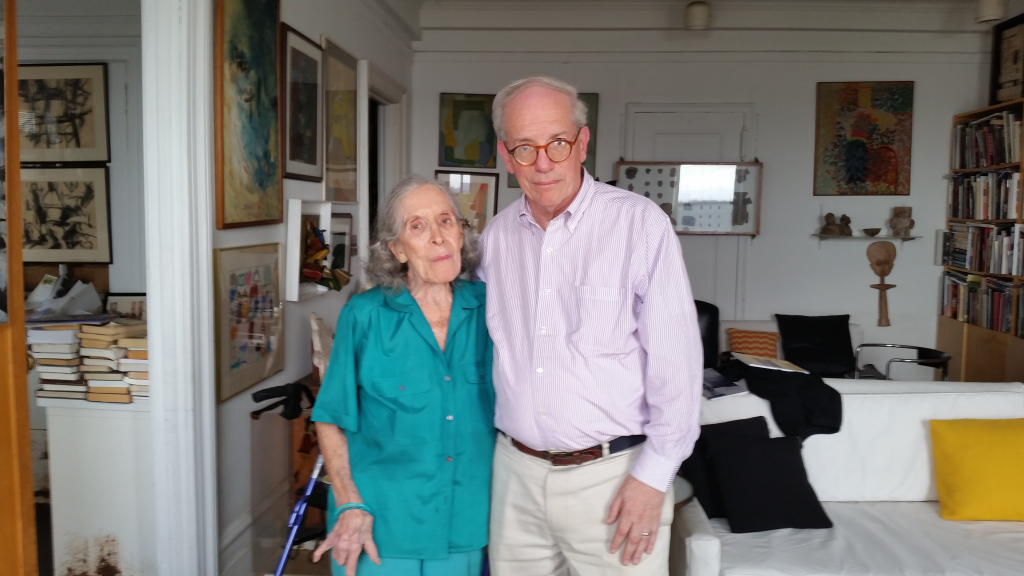[ad_1]
Cynthia Navaretta, the pioneering critic and publisher who championed women artists in a male-centric era, died on May 18. She was 97.
Navaretta’s ambitions were so great, she sought to identify every female artist working during the 1980s. She penned the first comprehensive, inclusive directory of women artists in the country, and at the Midmarch Arts Foundation, she pursued similar goals, printing materials related to overlooked female artists. Among the titles published by her press are Women Artists of the World, a study of the first international conference and exhibition of women artists, sponsored by the United Nations.
In 1975, Navaretta and a team of volunteer writers and editors founded Women Artists Newsletter under the Midmarch Associates imprint. Intended as a hub of information and communication for women in the arts, the newsletter printed reviews, essays, and gallery and museum listings with a feminist perspective. By January 1978, circulation consistently hovered near 10,000, and the publication name was changed to Women Artists News.
Navaretta frequently contributed biting critiques to the journal. In her essay “The Art Talk That Ate New York,” published in Women Artists News (1985), she wrote, “New York University’s School of Business hosted a conference on ‘art.’ Footing all bills, it invited press, dealers, consultants, lawyers, collectors, and bankers to attend as its guests—but no artists.”
“She gave a voice to many who were criticizing the sexism, racism and misogyny of what I label the “painstream,” critic Cassandra Langer, who published in the journal, said in a statement. “Navaretta was testy, feisty, willing to engage and dialogue, and miracle of miracles change her mind.”
Additionally, Navaretta served on the Artists Certification Committee of the Department of Cultural Affairs for more than a decade and was an early member of “Artists Talk on Art,” a long-running panel discussion series. In an email to ARTnews, Douglas Sheer, a founder of ATOA, described her as “helpful in fostering a spirit of inclusiveness and pluralism that was on the rise in the 1970s art world, as she had already emerged as a major feminist voice.”
Sheer credited her with exposing the program to Abstract Expressionism, as her inner circle included Elaine de Kooning, sculptor Louise Nevelson, and painter Pat Passlof. Navaretta’s apartment on Riverside Drive was decorated by an art collection representing a “who’s who of Abstract Expressionism masters and possibly every important female American artist” of the postwar era, he said.
Navaretta’s prodigious archives, including photographs, correspondence, and newspaper clippings spanning 1970 to 2005, were acquired by the Archives of American Art, in the Smithsonian Institution. One preserved protest flyer reads, “Women In the Arts Accuses New York Galleries of Exhibiting None or Too Few Women Artists.” In the piece following, Pace Gallery, Castelli Gallery, and Marlborough Gallery are listed among the offenders.
[ad_2]
Source link


